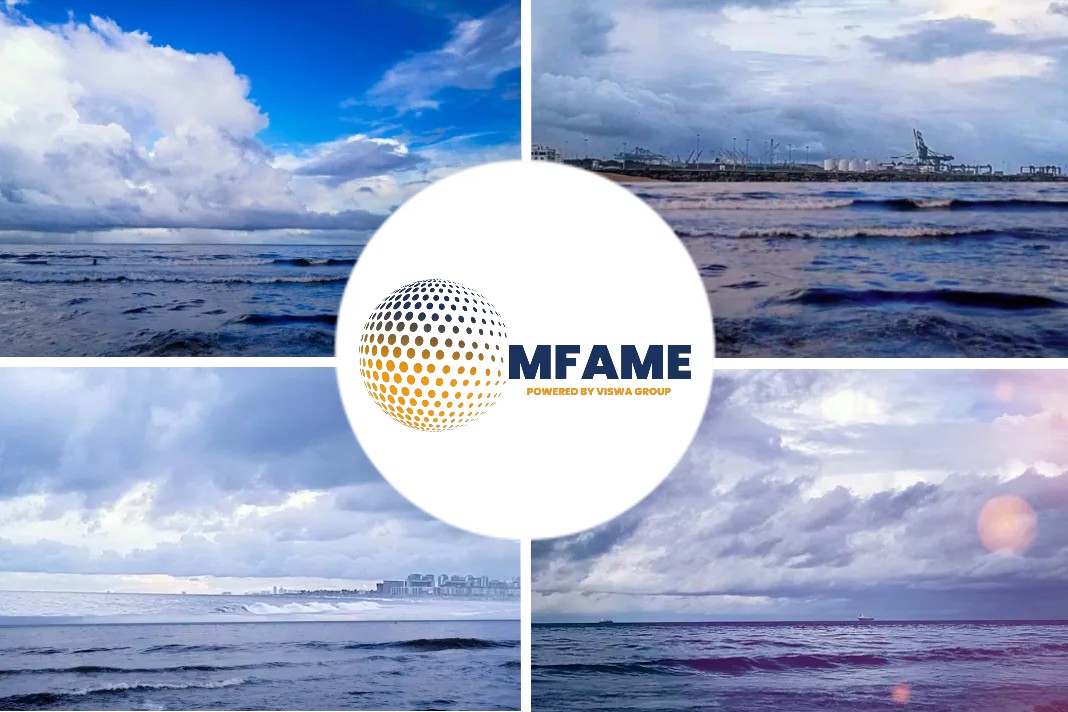- Credit availability one of the biggest problems, as fuel bills set to rise significantly with IMO 2020 regulations.
- The new blends currently cost about $250/mt more than HSFO and that spread could widen further as demand shifts at the end of this year.
- 30-40% price increase is expected which will automatically lead to a liquidity need of $2-4 billion.
- It is not just shipping and bunker industry that needs more capital.
The bunker fuel industry is increasingly seeing credit availability as one of its biggest problems, with fuel bills set to rise significantly, says an article published in Platts.
The stringent IMO regulation
- Global sulfur limits for marine fuels are set to drop from 3.5% to 0.5% at the start of 2020.
- Most ship operators will be forced to switch from burning high sulfur fuel oil to new 0.5% sulfur blends.
The new blends currently cost about $250/mt more than HSFO in Northwest Europe, and that spread could widen further as demand shifts at the end of this year.
Need for working capital
There has been plenty of speculation over what the cost of IMO 2020 will be.
Lina Molfetas, senior bunker trader at KPI Bridge Oil, told the Greek Energy Forum, held at S&P Global Platts’ headquarters in London told that at current crude oil prices the bunker industry may need as much as $4 billion more working capital to meet the higher fuel bills next year.
“We are expecting a 30-40% price increase which automatically leads to a liquidity need of $2-4 billion going forward,” Molfetas said.
Molfetas added , “We need to be prepared; we need to make sure the credit facilities are here in order to enable the shipping market to carry on its healthy functionality.”
30-day credit term
Ship operators tend to pay for their bunker purchases significantly after delivery, with 30-day credit terms typical at the moment. The bunker industry is constantly providing credit to ship operators, and will rely on the banks to help it expand that provision as fuel prices rise next year.
Konstantinos Kalligeros, commodities director at Commerzbank, pointed out that the increased working capital requirements would be wider than just those needed by the bunker industry.
Credit not just for bunker industry
“It wouldn’t just be the shipping and bunker industry [needing more capital],” Kalligeros said at the forum. “To the extent that these costs are passed on to shippers, traders and ultimately consumers and the broader economy, you might see an increase in working capital requirements across the board.”
With just around 60 days to go until the global sulfur cap lowers to 0.50%, consensus is growing over exactly what that cost will be: An extra $2-$4 billion in credit per year..
Credit facilities for healthy functioning
“We need to be prepared; we need to make sure the credit facilities are here in order to enable the shipping market to carry on its healthy functionality.”
Molfetas’ assessment echoes that of Georgia Kounalakis, Managing Director at fellow Bunker Holding outfit Bunker One Physical (Gulf & Caribs).
Positive response from industry
The world’s biggest bunker companies have been responding with impressive increases in their credit facilities.
For example,
- Bunker Holding in April extended its credit facility to USD $2.5 billion
- Peninsula Petroleum earlier this month announced its facilities had been lifted to over $800 million.
- Hot on the heels of its recent bunkering venture with shipping firms Golden Ocean and Frontline, Trafigura this month announced the closure of a new $1.5 billion equivalent facility.
- World Fuel Services in July said it had increased its unsecured credit facility to $1.8 billion.
At first blush this seems like very good news for the industry, but of course the calculation over how much is needed is not quite as simple as it first appears.
Too big to fail
Kounalakis also warned that “too big to fail” no longer applies. This sentiment was echoed by Jason Silber, founder of Marine Credit agency SeaCred. Silber says the post 2020 increase in credit and counterparty risk applies not only to buyers, but perhaps even more so for suppliers.
“The amount of extra credit the industry will need is going to be more than just what is needed to cover the increased cost of fuel.”
Expect spike in sulphur claims
He adds that there will be disputes and many expect there to be a spike in sulfur claims.
But there will also be a rise in more complex disputes, such as owners / operators claiming bunkers are not fit for purpose and suppliers countering they were contaminated due to the vessel not adequately cleaning their tanks or fuel system.
Such claims could take many months to settle, locking up supplier capital in the process.
Beyond Bunkers
Another industry investing money to adapt to IMO 2020 has been the world’s refineries. Gary Godwin, senior director for technology at the Engineering company KBR, said he had seen significant investment in refinery upgrades over the past five years to adapt to changing refined product demand.
“It’s not just driven by IMO 2020, it’s driven by just the pure economics of upgrading fuel oil to transportation fuels. In Europe, it’s driven by the deficit of diesel — and in the Middle East it’s driven by the deficit of diesel in Europe.”
Refinery upgrades
“Going forward, given the continued reduction in fuel oil demand for power, and the [0.5% sulfur] specification on bunker fuels, that next wave of upgrading is already being planned and is in progress.”
Significantly more complex refineries are likely to become the “new normal,” Godwin said.
Did you subscribe to our daily newsletter?
It’s Free! Click here to Subscribe!
Source: Platts
















![[Watch] How a Ship Engine Works – 4 Stroke Marine Diesel Engine](https://mfame.guru/wp-content/uploads/2023/11/mfame-tanker-100x70.jpg)